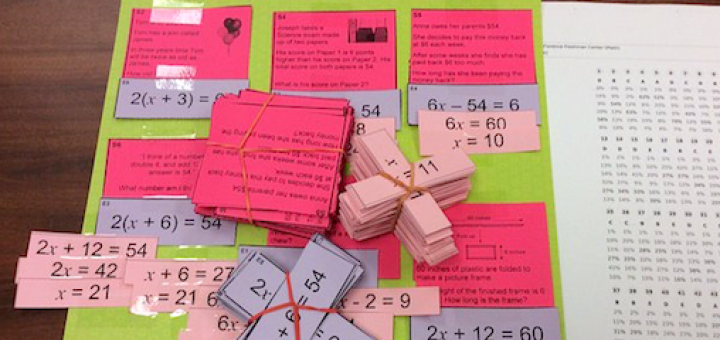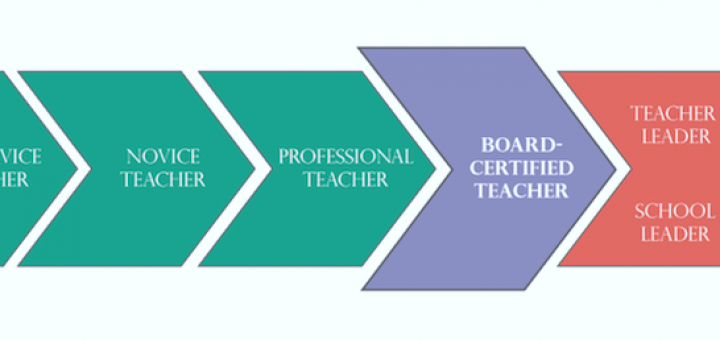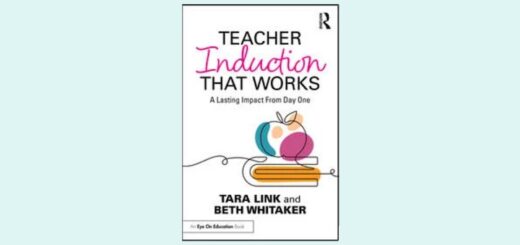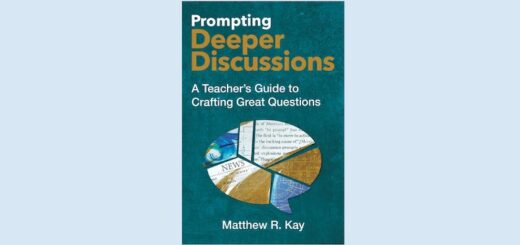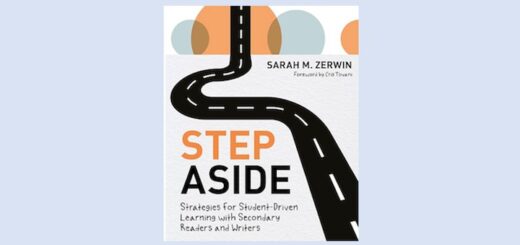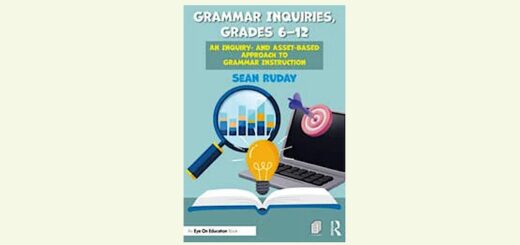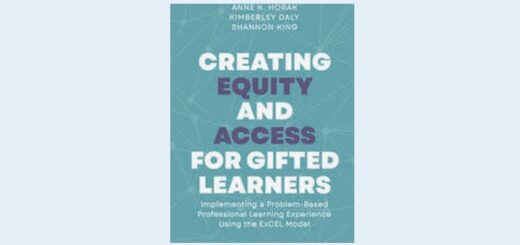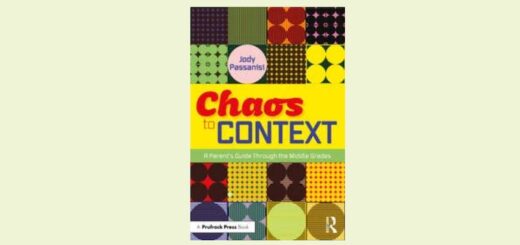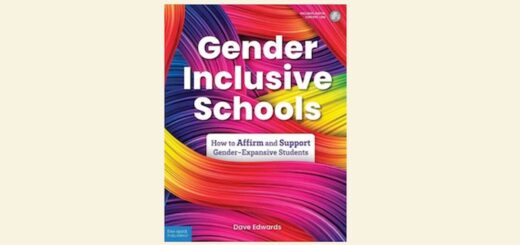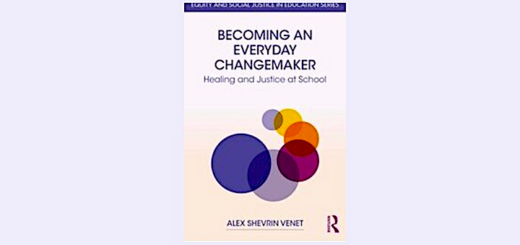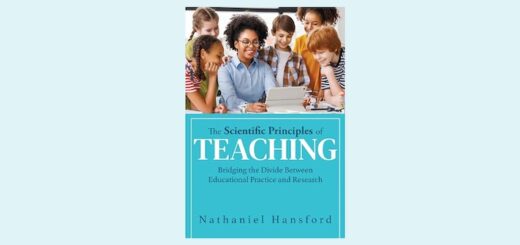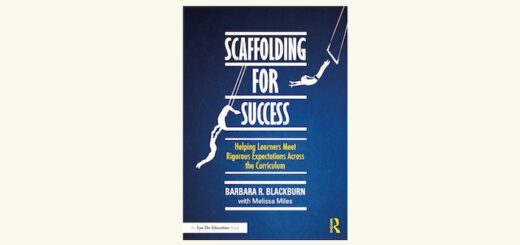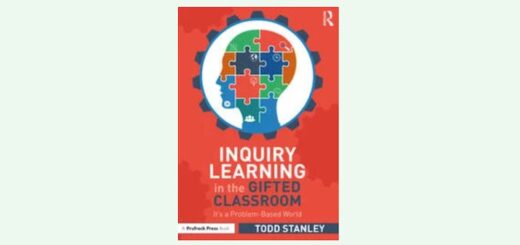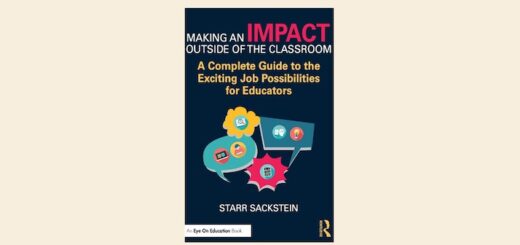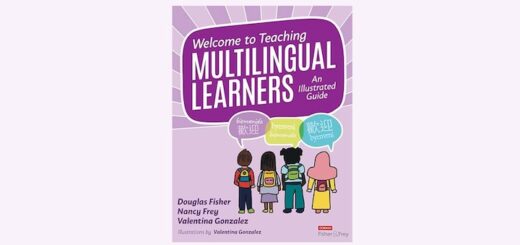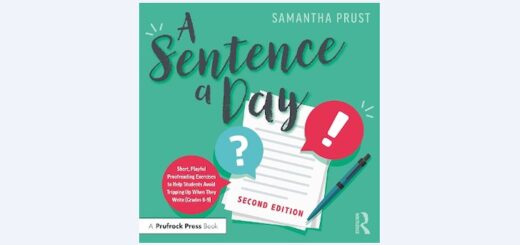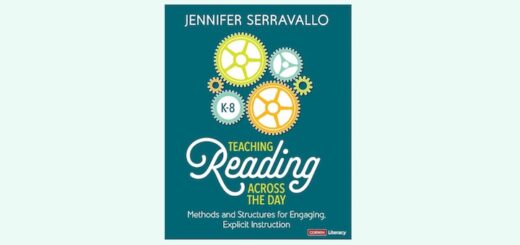Teaching and learning in grades 4-8
Summer offers a rare opportunity for principals to devote ample time to their own professional learning, say Ron Williamson and Barbara Blackburn. The leadership consultants offer four summer strategies to help assure continuous growth as an effective leader.
Your First Year is a perfect book for the newbie, says NBCT Amber Chandler, with differentiated strategies teachers at any level can implement. Todd, Katherine & Madeline Whitaker’s common-sense advice can both inspire novices and keep them on the right track.
Getting ready to involve students in real STEM learning experiences this fall? Then you’ll soon begin to examine, revise, and beef up your STEM education knowledge and skills. Expert Anne Jolly brings together ideas and information to answer five key questions.
Mike Fisher, a middle grades teacher turned literacy and tech integration consultant, suggests ways parents can involve their kids in reading and writing throughout the summer months, on their own and with family members. At his house, it’s Harry Potter time!
Math teachers looking for ways to promote deeper student “math talk” might consider team card sorting, says Michelle Russell, author of MiddleWeb’s new “Meaningful Math” blog. Among her tips: resist jumping in to help – and always have a culminating activity.
Using hacks from her mostly AP and high school classes, Starr Sackstein makes the case for moving beyond traditional grading to concentrate on students learning. Reviewer Toni Rose Deanon sees herself using the suggestions to begin conversations and respond to pushback.
With their strong focus on the presentation of real school stories blended with research based strategies, Alan Blankstein, Pedro Noguera and Lorena Kelly offer practical solutions leading to an equitable, high quality education for every student, says Tamekia McCauley.
NBCT Amber Chandler looks at three factors that might be holding teachers back from pursuing National Board Certification – finding time, covering the cost, or “already being a good teacher” – and offers her reasons why you should move beyond all three obstacles.
Bryan Goodwin & Elizabeth Ross Hubbell make a compelling argument that teachers can improve their impact on student learning by using a “do-confirm” checklist based on 12 essential daily touchstones that represent current research on what works best. Pilots do!
As product placement ads invade more of our visual space, educators can use the trend as a hook to engage students in critical thinking about what it means to be media literate. Expert Frank Baker uses the NBA’s 2016-17 plans for jersey advertising as an example.





